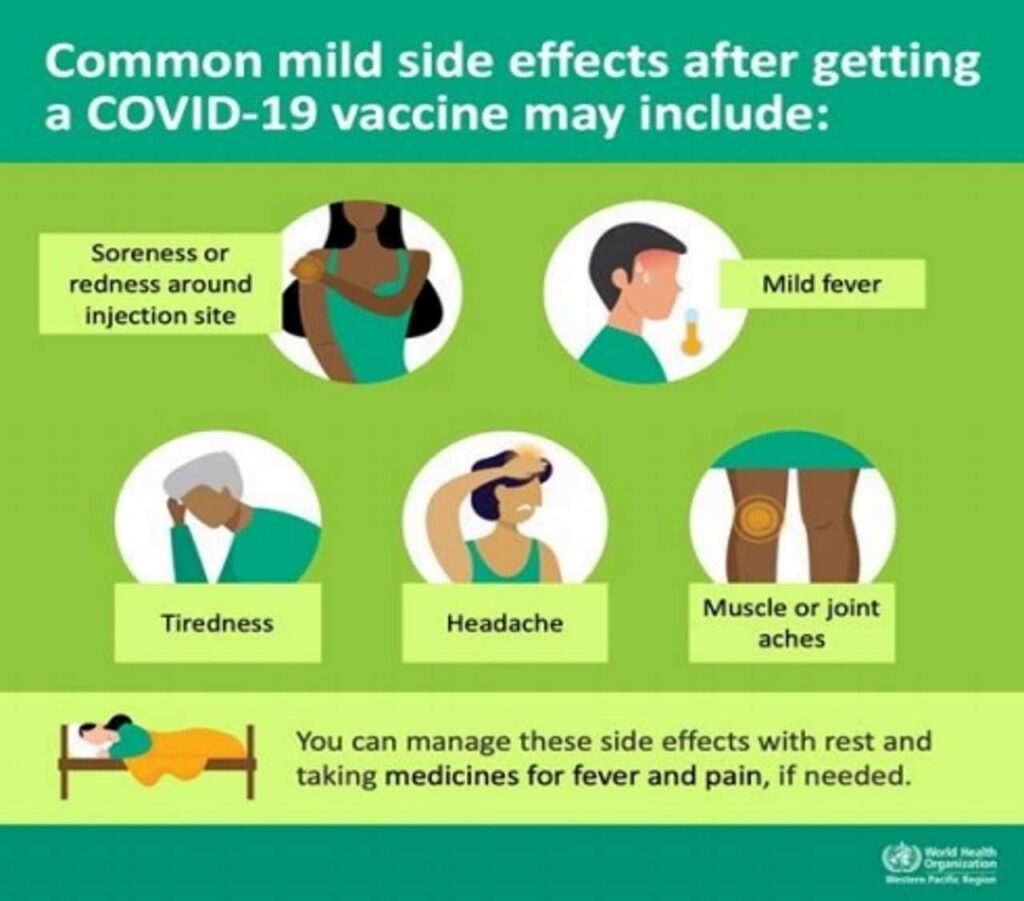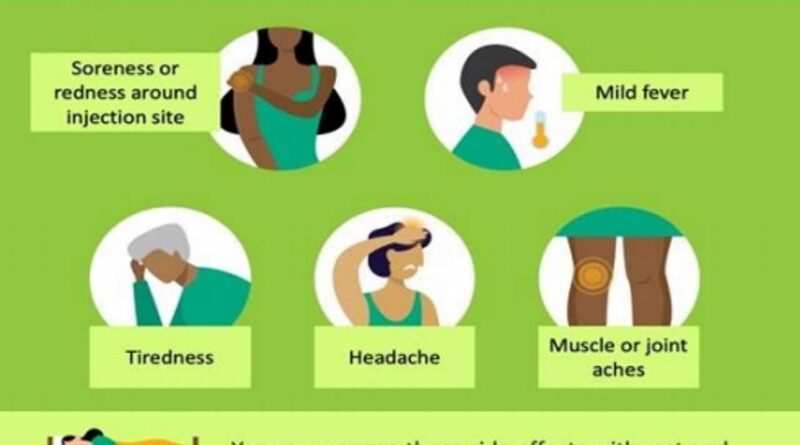Vaccine Hesitancy versus Vaccination Barriers
HEALTH
by Davy Ran
COVID-19 has turned our lives upside down and everyone is eager to return to life as before. Getting everyone vaccinated is the quickest way to do this. However, Hispanic vaccination rates lag behind those of other communities, despite having higher rates of COVID-19 illnesses and deaths.
So what is the delay?
The term “vaccine hesitancy” suggests that Hispanics are less willing to get the vaccine than other people. This term unjustly attributes low Hispanic vaccination rates to personal choice while largely ignoring systemic issues (such as misinformation and difficult communal accessibility to vaccines). For most Hispanics it is not an issue of not wanting the vaccine. Many studies show that the majority of unvaccinated Hispanics would like to be vaccinated as soon as possible, but many feel that they would not qualify or that the vaccine is unsafe.
There can be many barriers to getting vaccinated such as concerns about cost, immigration status, health insurance status, missed work hours, and vaccine side effects. The good news is that many of these barriers can be overcome:
- All vaccinations are entirely FREE regardless of immigration status and you do not need to present health insurance documentation. People who are 12 years old or older are eligible for the Pfizer vaccine (2 doses) and people who are 18 years old or older are eligible for the Moderna vaccine (2 doses) or Johnson & Johnson vaccine (1 dose).
- Since vaccine eligibility is age-based, it would be helpful to bring some form of identification to confirm your age. Although you may be asked to bring identification, it is not required and you can decline this request.
- Many sites offer vaccines at all hours of the day. In addition, New York State employers are required (by law) to provide employees with up to 4 hours of paid time off per vaccine dose. The Johnson & Johnson vaccine is only 1 shot and may be more feasible than the 2 shots required for the Pfizer and Moderna vaccines. A lot of places also offer quick and easy walk-ins with no need for an appointment beforehand. Vaccination sites can be found all over: hospitals, clinics, local community nonprofit centers, mobile vaccine events, pharmacies, churches, and many other places.
- It is normal and sensible to have concerns about vaccine side effects. Painkillers and fever reducers like Tylenol can help reduce these effects, which are most commonly headache, fever, fatigue, and body aches that tend to last 1-2 days. Although inconvenient, the side effects are infinitely less dangerous than contracting COVID-19.

Overall getting the vaccine is free, safe, and extremely possible!
- To find COVID-19 vaccination sites near you and sign up for an appointment go to: https://www.vaccines.gov/search/
- For more information, you can call the NYS Vaccination Hotline (1-833-697-4829) or the Upstate COVID-19 Vaccine Hotline (315-464-3979).
- You can see an up-to-date list of vaccination sites and which vaccines they offer at the following website: https://covid19vaccine.health.ny.gov/new-york-state-vaccine-pop-program
Reference:
This article was translated into Spanish by Ricci, Nilsa.
 Davy Ran, MSc MPH is a rising 4th year Cuban medical student at the University of Rochester School of Medicine and Dentistry and part of the Latinx Health Pathway. They have been involved in global and public health equity work for over a decade with specialized training in working with the LGBT, Latinx, and disabled communities. At the moment, Davy is writing and illustrating a book of short stories about being a multiple-minority medical student as part of a year-long Medical Humanities Fellowship. Their overarching goal is to help recruit, support, and mentor other minorities in medicine and ultimately make healthcare a more accessible, inclusive, and equitable space.
Davy Ran, MSc MPH is a rising 4th year Cuban medical student at the University of Rochester School of Medicine and Dentistry and part of the Latinx Health Pathway. They have been involved in global and public health equity work for over a decade with specialized training in working with the LGBT, Latinx, and disabled communities. At the moment, Davy is writing and illustrating a book of short stories about being a multiple-minority medical student as part of a year-long Medical Humanities Fellowship. Their overarching goal is to help recruit, support, and mentor other minorities in medicine and ultimately make healthcare a more accessible, inclusive, and equitable space.


